Call it a snooze, a doze, some shuteye, a few winks: the nap has its fans. Some like the idea but can’t seem to pull it off, while others avoid it. It comes in different forms, in different positions, and with varying durations. It can also be used for different purposes; to compensate for a lack of sleep, in preparation for a short night’s sleep, or just for fun. It constitutes a physiological need at different times of our development, such as in toddlers and in old age, but can be beneficial at any age. To reap all the benefits – and to avoid the disadvantages – a nap should be done correctly and tailored to your needs. Here is a short guide to better understand what naps are, their benefits, who they are for, and how to optimize them.
WHY TAKE A NAP?
Getting enough high quality sleep is essential for maintaining good mental, physical, and cognitive health. Despite its importance, it can be difficult to get enough sleep every day. Making a nap part of your routine, or under special circumstances when you lack sleep, can be of great benefit in the short and long term.
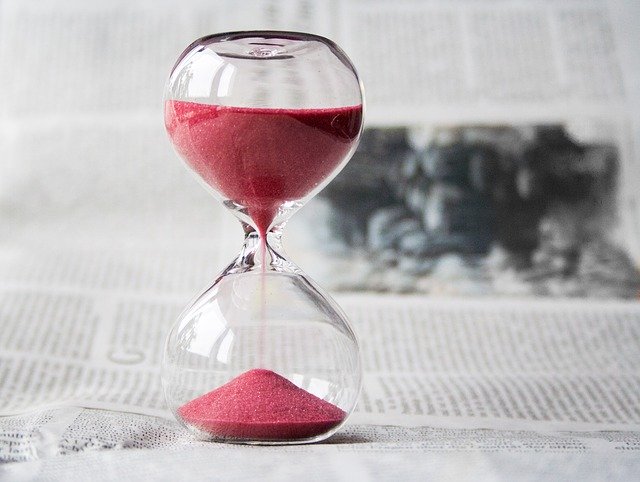
To decrease sleep pressure.
Several factors determine our need for sleep. Sleep pressure (called homeostatic sleep pressure) gradually builds up throughout the day as we stay awake, just like an hourglass. Conversely, this sleep pressure gradually dissipates when we sleep, whether it is a daytime (nap) or nighttime sleep. A nap is a temporary ‘knockdown of the hourglass’ to decrease sleep pressure and to leave us more alert and rested for the rest of the day. A daytime nap will not replace a good night’s sleep, but it may still compensate for a poor or short nighttime sleep. It helps improve our alertness and concentration during the day and decrease our drowsiness, thus reducing errors and accidents.
For our mental and physical health.
Sleep has direct effects on our mental health and a long-term deficiency is a major contributor to psychological distress and mood disturbances. A nap can help reduce stress, regulate our emotions, and improve our mood. For physical health, it is also effective in relieving headaches, strengthening your immune system and reducing the risk of diabetes and cardiovascular disease.


For cognition and inspiration.
Sleep plays an essential role for memory and a nap, even a short one, can reinforce the things you’ve learned during the day. For example, in students, a nap taken immediately after completing new learning can lead to better long-term retention of the material than an equivalent period of intensive study. Napping can increase your cognitive and motor performance and improve your ability to learn new things. A nap can also give you a creative boost, help you solve problems, and allows you to explore our dreams.
ADVICE FOR MANAGING THE ART OF THE NAP!
When?
In the early afternoon. Our body clock regulates the periods of sleepiness and wakefulness throughout the day. Synchronized with light, this clock naturally oscillates over approximately 24 hours and imposes a more alert state during the day and a sleep signal in the evening. However, a little feeling of fatigue and a drop in alertness normally set in at the beginning of the afternoon (around 1-3 PM). Together with sleep pressure which has had time to build up since the morning, this is the perfect time to take a short nap!
Avoid naps late in the afternoon or evening: Decreasing sleep pressure late in the day could make it harder to fall asleep in the evening and could affect the quality of your sleep at night. If you work at night, also check “Night shift workers” special report ( available soon) to identify the best time for your nap.

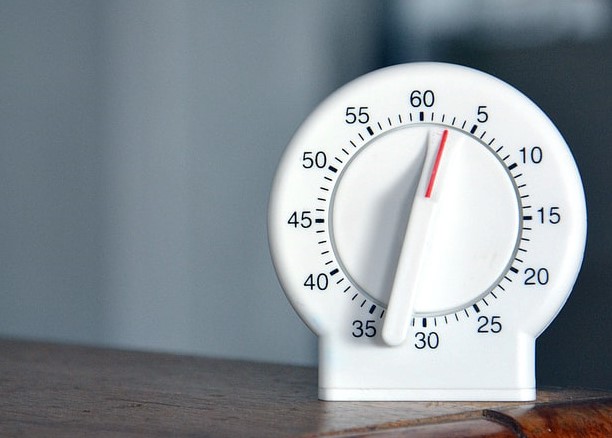
Duration?
Choosing the right duration of your nap is essential to get all the positive effects of sleep while avoiding a state of drowsiness when you wake up. The optimal duration of a nap may vary according to your needs and is based on what is called the architecture of sleep. From the first signs of falling asleep, sleep unfolds in a predictable and cyclical manner: a sleep cycle lasts about 90 minutes and generally consists of falling asleep (stage 1, transition to sleep), light sleep (stage 2, making up most of the night), deep sleep (stage 3, also known as restorative sleep), a return to light sleep and ends in REM sleep (when our brain is almost as active as when it is awake and our dreams are the most vivid). The duration of the nap thus depends on the stage of sleep from which you want to wake up:
- The 10-20-minute power nap is optimal for a quick energy boost – it should help you stay alert without affecting your night’s sleep. By limiting yourself to a short nap, you stick to the stages of light sleep and it’s easier to wake up on the right foot.
- A 30-60-minute nap is generally to be avoided as it is the length required to achieve deep sleep – it makes waking up more difficult and can leave us in a drowsy state. This is called sleep inertia, which can cause a feeling of discomfort, disorientation and “sleep drunkenness” that persists after waking up and can alter our mood or cognitive performance. This sleep inertia can last for a few minutes or a few hours after waking up.
- A nap of about 90 minutes gives time to complete an entire sleep cycle (light sleep, deep sleep, REM sleep). This is an ideal duration to have all the cognitive benefits of a nap while avoiding strong sleep inertia. A long nap is especially useful when you want to compensate for a short night’s sleep.
How?
- If possible, use an alarm clock (for example 15 minutes + estimated time to fall asleep), find a comfortable sitting or lying position, and relax! If you are in a loud or bright place, using earplugs or an eye mask can make it easier to fall asleep.
- If you don’t fall asleep, consider taking this time as rest while being awake – it will still help you achieve a more alert and rested state for the rest of the day.
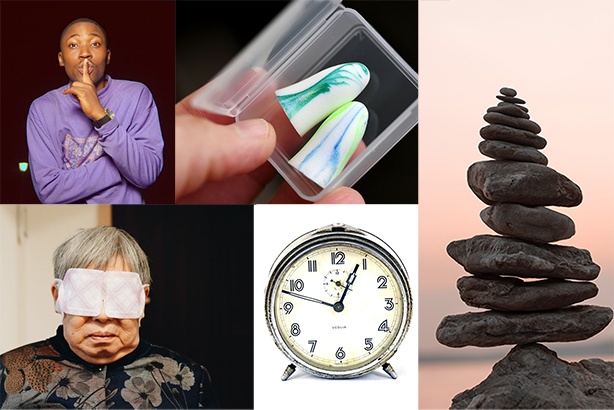

For whom?
A nap can be beneficial for most people, especially when nighttime sleep is insufficient to maintain alertness and quality wakefulness during the day. A well-planned nap can also alleviate the fatigue that can occur in night workers, in travelers changing time zones, in drivers on long journeys (car, trucks, boat, trains, planes) or in parents with young children.
Finally, the ideal time and the optimal duration of a nap vary and depend on the sleeping habits as well as the cultural, physiological and genetic profile of each individual. It is recommended that you experiment with different nap times and lengths and to note how you feel when you wake up in order to find the perfect nap duration for you. You can even keep a sleep diary for a while to help you fully understand your sleep habits and needs, to help you find the ideal time of day for your rest period, and to track your energy level during days with or without a nap.
- Naps in Children: Naps are a critical need for young preschoolers who split their total sleep time during the day and night. (For more information, see “Age-specific dos and don’ts“)
- Nap in the elderly: The evolution of sleep as we get older causes nighttime sleep to become lighter, shorter and more fragmented. However, the recommended duration of sleep remains 7 to 8 hours. Daytime sleep can thus compensate for a poorer quality nighttime sleep as we age. If you are in good general health, you should enjoy, without fear or remorse, the invigorating benefits of a short nap (about 10-20 minutes) when the need arises and, why not, adopt this habit on a regular basis.
Do you want to keep track of your nap? Download our Nap Diary
VARIATIONS OF THE NAP

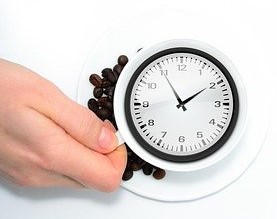
The Coffee-nap (or "nappucino")
The Coffee-nap consists of having a quick coffee just before settling down for a short nap and can provide a double boost of energy in a situation of great fatigue. While this practice seems counterintuitive, it can help counteract sleep inertia when waking up from a nap. This is because caffeine takes about 20 to 30 minutes to reach its maximum level in the bloodstream and does not fully exert its stimulating effects until you wake up from a short nap. This combination can help give you a quick energy boost during jet lag or night shifts, for example, and works best during severe fatigue or for those who fall asleep quickly. With or without a nap, however, it is best to avoid caffeine in the afternoon, especially for those who have difficulty falling asleep at night.
The creative micro-nap
The creative micro-nap makes use of our sleeping brain’s special ability to create spontaneous associations that are more flexible and less controlled than when we are awake. When falling asleep, our thoughts start to wander into a state called hypnagogia (a state of semi-consciousness during the transition to sleep), where we can witness ‘micro-dreams’ which often manifest themselves as forms of thoughts or abstract visual forms, bodily sensations, sounds or movements. Often falling into sleep amnesia, this particular imagery can otherwise be captured and used as a source of inspiration or contemplation. For example, scientist Thomas Edison, who was one of the contributors to the invention of the incandescent bulb and the phonograph, was known for getting little sleep at night, but he was a great expert on power naps. It is said that one of his techniques was to doze off in a seated position while holding a steel ball in each hand: while falling asleep, his muscles relaxed and the balls fell on metal saucers placed on the ground – a crash that woke him up. These short naps are said to have been the source of ideas or creative solutions to his problems. Using the same strategy, but this time with a heavy turnkey, the surrealist painter Salvador Dali also used his short naps in order to capture on the fly his hypnagogic imagery which largely inspired some of his artworks. Without the need for steel balls or keys, if you are looking for inspiration, this self-observation technique works well using an alarm, or simply by falling asleep while sitting in a chair and paying attention to hypnagogic reveries as soon as you nod off.
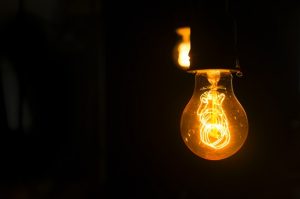
THE CULTURE OF NAPPING

Did you know that the word siesta comes from the Latin ‘sexta’, which indicates the sixth hour of the day (starting at dawn, so around noon), when the sun is at its zenith and it was common to stop for a siesta?
Taking a daytime nap is not only a result of physiological factors like sleep pressure or circadian rhythm (body clock), but is also a result of socio-cultural factors. Taking an afternoon nap or rest period is common in many cultures around the world. This practice is historically common across Southeast Asia, mainland China, Africa, the Middle East, Southern Europe, and Latin America, and is believed to have originated in cultures where the climate is warm in order to give farmers time to rest and to avoid the scorching afternoon hours. Among the best known, we note the riposo or the pisolino in Italy, or the siesta in Spain and in some Latin American countries, where businesses traditionally close their doors for a few hours during the afternoon to give citizens the chance to recharge their batteries. However, this practice is said to be gradually declining in large cities where economic pressure, tourism, certain regulations about working hours and even the use of air conditioning threaten this moment of sacred rest. In Nordic European countries, on the contrary, it is customary to have young children, well wrapped up, nap in the open air, in temperatures below zero degrees Celsius. Obviously, certain safety instructions are required, but these chilly naps are seen as a key element for maintaining good health in children and would, as a bonus, facilitate their daytime sleep. In Japan, taking a micro-nap in workplaces or in public places can be seen frequently among white-collar workers. Known as inemuri or ‘sleep when present’, these moments of rest are culturally accepted as a sign of diligence and hard work, but may reflect widespread sleep deprivation among these employees.
In Canada and the United States, the nap is still broadly stigmatized and can sometimes be seen as a sign of laziness or non-productivity. Although we are still a long way from celebrating the culture of the siesta, a growing awareness of the benefits of sleep is leading more and more public bodies and employers to accept and even encourage napping. For example, nap room initiatives on university campuses are starting to appear in order to allow students to snooze between classes. Well-being and rest areas, or even the provision of “sleep capsules” or reclining chairs are increasingly in vogue for employees of large companies. Lucrative “nap stations” at airports or in some major cities also allow weary travelers and workers to pay by the hour to rest their heads on a pillow.
The practice and prevalence of the nap is strongly dependent on the culture in which it is used.
Reminder
- A nap is generally not recommended for those who tend to have chronic insomnia: it decreases sleep pressure that builds up during the day and can make it more difficult to fall asleep in the evening.
- Excessive sleepiness during the day causing you to take daily naps, may indicate an underlying health problem, even as you get older, and may warrant seeing a doctor.
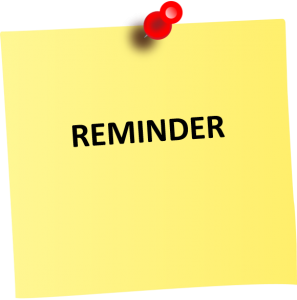
Do you want to keep track of your nap? Download our Nap Diary
So, whether it’s to benefit memory and mood, for a quick boost of energy, for a breath of inspiration, or simply to make up for a short night’s sleep, the nap is at your disposal to complement your night’s sleep, which, let’s remember, remains the priority!
